There are two certainties in life… death and taxes. Most people plan for taxes each year but few plan their funeral. It’s a tough topic to discuss but your family will be relieved that you had it planned.
Losing a loved one is difficult and when you’re emotionally fragile and grief-stricken, planning a funeral is even harder. Funeral homes know this. They’re for-profit companies, and their industry is booming thanks to the world’s growing (and grieving) population.
Funeral Home Industry
The world’s population is up about 400% over the last century. As a result, more people are dying on a nominal level. The chart below shows that total U.S. deaths have climbed from 2.15 million in 1990 to 2.84 last year.

Source: Wikipedia.org
So the funeral home industry is busier than ever selling its services to vulnerable families. Many of whom don’t have the strength to make smart financial choices.
Like most for-profit businesses, funeral homes often push their expensive products first. And since many grieving families come in without a plan, it’s easy to upsell them.
For example, caskets can cost as much as $10,000 depending on the material and finish you select. And another costly decision is whether or not embalming is important to you. It wasn’t popularized until Abraham Lincoln’s death in 1865. They paraded his body from Washington D.C. to its final resting place in Illinois.
Now most morticians will readily provide the embalming if you wish. It can range from $495 to $1,290, and that price often includes dressing and cosmetology.
But be aware that embalming is not required by federal law. Certain states have laws that require it, so it’s up to you to do your homework.
Embalming isn’t the only option for preservation. Refrigeration is an effective alternative that also tends to be less expensive.
If you have an idea of what you or your loved one wants ahead of time, it’s easier to select a funeral that matches your personal wishes and your budget.
With all of the services and options offered, it’s easy to see how funeral homes turn a handsome profit. Funeral homes turn death into big business. They’re filling their coffers with grieving families’ cash.
Funeral Home Stocks and Dead Serious Profits
You probably think of your town’s funeral home as a local mom-and-pop shop. So you’re at least keeping your money in the community, right?
Think again…
Many little funeral homes are owned by big corporations. Investors profit handsomely with funeral home stocks. They keep their original names so no one notices.
In fact, there’s a good chance that a funeral home located in your town is owned or operated by Service Corp International (NYSE: SCI). It’s the largest of the five funeral home stocks below…
- Service Corporation International (NSYE: SCI) – is valued at more than $8 billion and its revenue has almost doubled in the last five years. The company offers a wide range of funeral home services and products.
- Carriage Services (NYSE: CSV) – is a leader in the funeral home and cemetery industry. It operates 211 funeral homes and cemeteries in 29 states. The company focuses on growing by decentralization and partnerships.
- Hillenbrand (NYSE: HI) – Hillenbrand isn’t a pure funeral home play. But one of its largest businesses, Batesville, has partnered with funeral directors to sell burial caskets and cremation products. The company also provides other technology solutions.
- Matthews International Corp (NASDAQ: MATW) – Matthews International provides caskets, cremation equipment and other memorial products. It sells them to cemeteries and funeral homes. The company has about 11,000 employees in more than 25 countries.
- StoneMor Partners (NYSE: STON) – StoneMor is the second largest network of funeral homes and cemeteries in the U.S. It operates in 27 states with 90 funeral homes and 322 cemeteries. It’s diversified but it’s struggled to turn a profit over the last few years and the stock has dropped.
These five death care stocks give anyone access to investing in the funeral home industry. Their combined revenue should continue to climb based on the trends above. But, it’s still good to consider new funeral trends…
5 Funeral Home Stocks and Death Care Trends Brian Kehm July 14, 2019
There are two certainties in life… death and taxes. Most people plan for taxes each year but few plan their funeral. It’s a tough topic to discuss but your family will be relieved that you had it planned.
Losing a loved one is difficult and when you’re emotionally fragile and grief-stricken, planning a funeral is even harder. Funeral homes know this. They’re for-profit companies, and their industry is booming thanks to the world’s growing (and grieving) population.
Funeral Home Industry
The world’s population is up about 400% over the last century. As a result, more people are dying on a nominal level. The chart below shows that total U.S. deaths have climbed from 2.15 million in 1990 to 2.84 last year.
Source: Wikipedia.org
So the funeral home industry is busier than ever selling its services to vulnerable families. Many of whom don’t have the strength to make smart financial choices.
Like most for-profit businesses, funeral homes often push their expensive products first. And since many grieving families come in without a plan, it’s easy to upsell them.
For example, caskets can cost as much as $10,000 depending on the material and finish you select. And another costly decision is whether or not embalming is important to you. It wasn’t popularized until Abraham Lincoln’s death in 1865. They paraded his body from Washington D.C. to its final resting place in Illinois.
Now most morticians will readily provide the embalming if you wish. It can range from $495 to $1,290, and that price often includes dressing and cosmetology.
But be aware that embalming is not required by federal law. Certain states have laws that require it, so it’s up to you to do your homework.
Embalming isn’t the only option for preservation. Refrigeration is an effective alternative that also tends to be less expensive.
If you have an idea of what you or your loved one wants ahead of time, it’s easier to select a funeral that matches your personal wishes and your budget.
With all of the services and options offered, it’s easy to see how funeral homes turn a handsome profit. Funeral homes turn death into big business. They’re filling their coffers with grieving families’ cash.
Funeral Home Stocks and Dead Serious Profits
You probably think of your town’s funeral home as a local mom-and-pop shop. So you’re at least keeping your money in the community, right?
Think again…
Many little funeral homes are owned by big corporations. Investors profit handsomely with funeral home stocks. They keep their original names so no one notices.
In fact, there’s a good chance that a funeral home located in your town is owned or operated by Service Corp International (NYSE: SCI). It’s the largest of the five funeral home stocks below…
Service Corporation International (NSYE: SCI) – is valued at more than $8 billion and its revenue has almost doubled in the last five years. The company offers a wide range of funeral home services and products.
Carriage Services (NYSE: CSV) – is a leader in the funeral home and cemetery industry. It operates 211 funeral homes and cemeteries in 29 states. The company focuses on growing by decentralization and partnerships.
Hillenbrand (NYSE: HI) – Hillenbrand isn’t a pure funeral home play. But one of its largest businesses, Batesville, has partnered with funeral directors to sell burial caskets and cremation products. The company also provides other technology solutions.
Matthews International Corp (NASDAQ: MATW) – Matthews International provides caskets, cremation equipment and other memorial products. It sells them to cemeteries and funeral homes. The company has about 11,000 employees in more than 25 countries.
StoneMor Partners (NYSE: STON) – StoneMor is the second largest network of funeral homes and cemeteries in the U.S. It operates in 27 states with 90 funeral homes and 322 cemeteries. It’s diversified but it’s struggled to turn a profit over the last few years and the stock has dropped.
These five death care stocks give anyone access to investing in the funeral home industry. Their combined revenue should continue to climb based on the trends above. But, it’s still good to consider new funeral trends…
New Death Care Industry Trends
To avoid traditional funeral expenses, more people are opting out of normal viewings and burials. For example, I’m personally leaning towards an urn that creates life. There are biodegradable vessels containing ashes and a seed that will grow into a tree.
That’s a more affordable option… but to each their own. Earlier this week I was catching up on some National Geographic magazines. I learned about a Swiss company that turns cremation ashes into real diamonds. They’re identical down to the molecular level.
There are many options available and I’m encouraging you to plan ahead. A simple funeral plan can save your family big money and needless stress.
Compare your local funeral homes’ costs. Visit their showrooms and check out the options, products and services they offer. Then have a frank conversation with your close family members, spouse, children or friends, and create your action plan.
Invest mindfully,
Brian Kehm
Sharing is caring...
https://youtu.be/EQiUrLGePOs





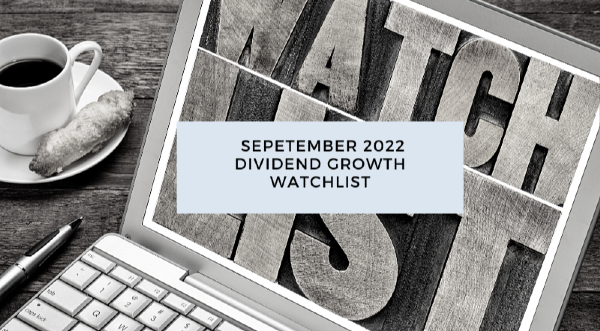
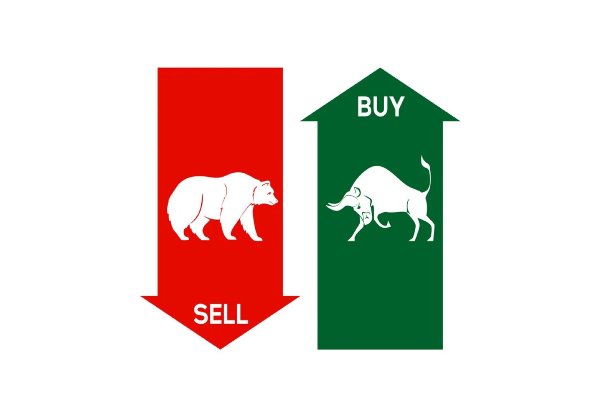


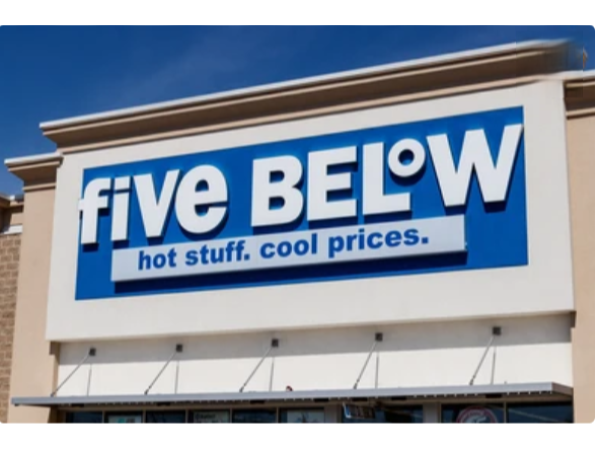

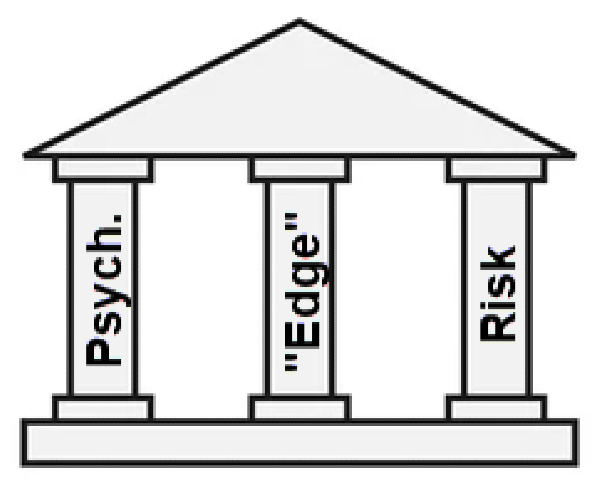
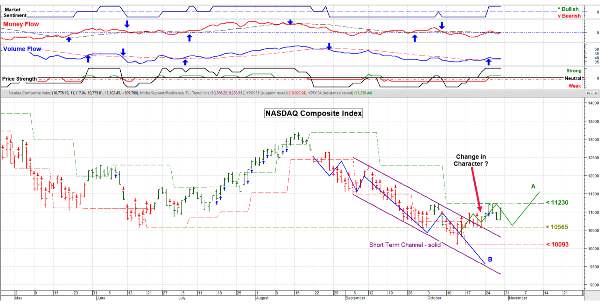

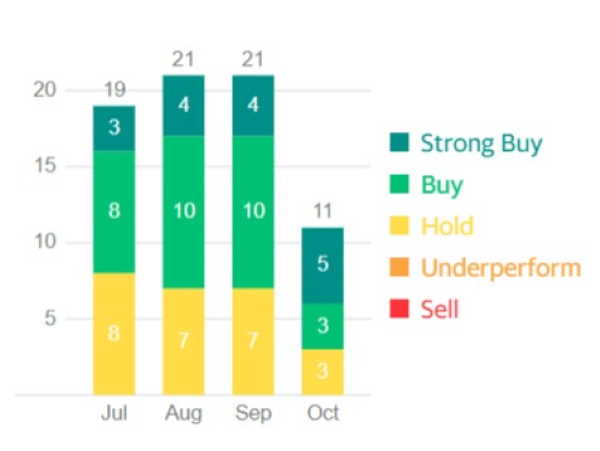


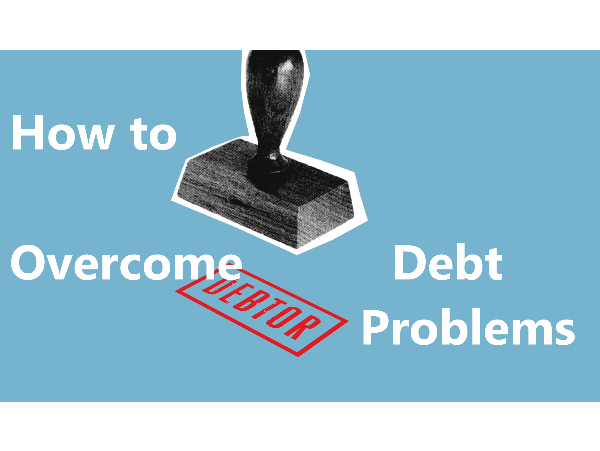


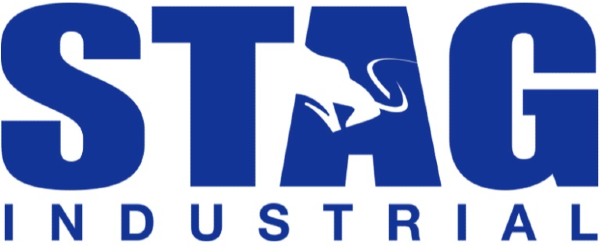
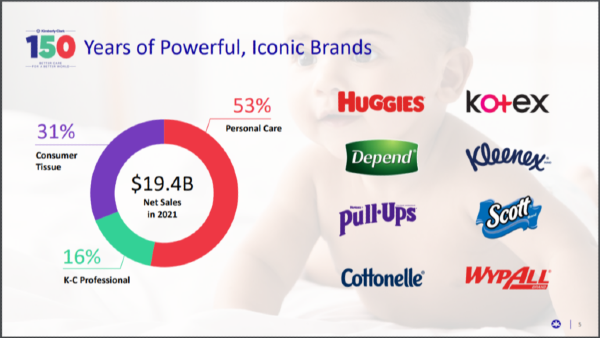
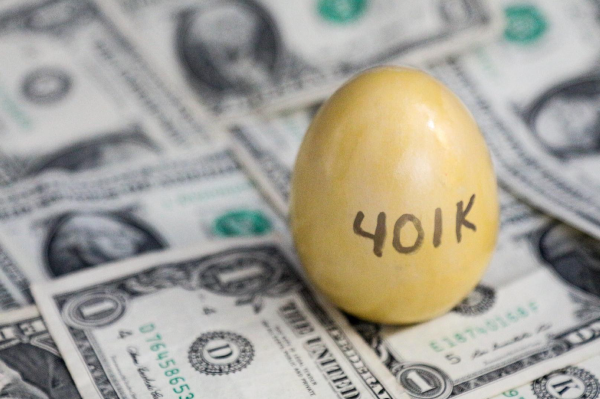

There are two certainties in life… death and taxes. Most people plan for taxes each year but few plan their funeral. It’s a tough topic to discuss but your family will be relieved that you had it planned.
Losing a loved one is difficult and when you’re emotionally fragile and grief-stricken, planning a funeral is even harder. Funeral homes know this. They’re for-profit companies, and their industry is booming thanks to the world’s growing (and grieving) population.
Funeral Home Industry
The world’s population is up about 400% over the last century. As a result, more people are dying on a nominal level. The chart below shows that total U.S. deaths have climbed from 2.15 million in 1990 to 2.84 last year.
Source: Wikipedia.org
So the funeral home industry is busier than ever selling its services to vulnerable families. Many of whom don’t have the strength to make smart financial choices.
Like most for-profit businesses, funeral homes often push their expensive products first. And since many grieving families come in without a plan, it’s easy to upsell them.
For example, caskets can cost as much as $10,000 depending on the material and finish you select. And another costly decision is whether or not embalming is important to you. It wasn’t popularized until Abraham Lincoln’s death in 1865. They paraded his body from Washington D.C. to its final resting place in Illinois.
Now most morticians will readily provide the embalming if you wish. It can range from $495 to $1,290, and that price often includes dressing and cosmetology.
But be aware that embalming is not required by federal law. Certain states have laws that require it, so it’s up to you to do your homework.
Embalming isn’t the only option for preservation. Refrigeration is an effective alternative that also tends to be less expensive.
If you have an idea of what you or your loved one wants ahead of time, it’s easier to select a funeral that matches your personal wishes and your budget.
With all of the services and options offered, it’s easy to see how funeral homes turn a handsome profit. Funeral homes turn death into big business. They’re filling their coffers with grieving families’ cash.
Funeral Home Stocks and Dead Serious Profits
You probably think of your town’s funeral home as a local mom-and-pop shop. So you’re at least keeping your money in the community, right?
Think again…
Many little funeral homes are owned by big corporations. Investors profit handsomely with funeral home stocks. They keep their original names so no one notices.
In fact, there’s a good chance that a funeral home located in your town is owned or operated by Service Corp International (NYSE: SCI). It’s the largest of the five funeral home stocks below…
These five death care stocks give anyone access to investing in the funeral home industry. Their combined revenue should continue to climb based on the trends above. But, it’s still good to consider new funeral trends…
5 Funeral Home Stocks and Death Care Trends Brian Kehm July 14, 2019
There are two certainties in life… death and taxes. Most people plan for taxes each year but few plan their funeral. It’s a tough topic to discuss but your family will be relieved that you had it planned.
Losing a loved one is difficult and when you’re emotionally fragile and grief-stricken, planning a funeral is even harder. Funeral homes know this. They’re for-profit companies, and their industry is booming thanks to the world’s growing (and grieving) population.
Funeral Home Industry The world’s population is up about 400% over the last century. As a result, more people are dying on a nominal level. The chart below shows that total U.S. deaths have climbed from 2.15 million in 1990 to 2.84 last year.
Source: Wikipedia.org So the funeral home industry is busier than ever selling its services to vulnerable families. Many of whom don’t have the strength to make smart financial choices.
Like most for-profit businesses, funeral homes often push their expensive products first. And since many grieving families come in without a plan, it’s easy to upsell them.
For example, caskets can cost as much as $10,000 depending on the material and finish you select. And another costly decision is whether or not embalming is important to you. It wasn’t popularized until Abraham Lincoln’s death in 1865. They paraded his body from Washington D.C. to its final resting place in Illinois.
Now most morticians will readily provide the embalming if you wish. It can range from $495 to $1,290, and that price often includes dressing and cosmetology.
But be aware that embalming is not required by federal law. Certain states have laws that require it, so it’s up to you to do your homework.
Embalming isn’t the only option for preservation. Refrigeration is an effective alternative that also tends to be less expensive.
If you have an idea of what you or your loved one wants ahead of time, it’s easier to select a funeral that matches your personal wishes and your budget.
With all of the services and options offered, it’s easy to see how funeral homes turn a handsome profit. Funeral homes turn death into big business. They’re filling their coffers with grieving families’ cash.
Funeral Home Stocks and Dead Serious Profits You probably think of your town’s funeral home as a local mom-and-pop shop. So you’re at least keeping your money in the community, right?
Think again…
Many little funeral homes are owned by big corporations. Investors profit handsomely with funeral home stocks. They keep their original names so no one notices.
In fact, there’s a good chance that a funeral home located in your town is owned or operated by Service Corp International (NYSE: SCI). It’s the largest of the five funeral home stocks below…
Service Corporation International (NSYE: SCI) – is valued at more than $8 billion and its revenue has almost doubled in the last five years. The company offers a wide range of funeral home services and products. Carriage Services (NYSE: CSV) – is a leader in the funeral home and cemetery industry. It operates 211 funeral homes and cemeteries in 29 states. The company focuses on growing by decentralization and partnerships. Hillenbrand (NYSE: HI) – Hillenbrand isn’t a pure funeral home play. But one of its largest businesses, Batesville, has partnered with funeral directors to sell burial caskets and cremation products. The company also provides other technology solutions. Matthews International Corp (NASDAQ: MATW) – Matthews International provides caskets, cremation equipment and other memorial products. It sells them to cemeteries and funeral homes. The company has about 11,000 employees in more than 25 countries. StoneMor Partners (NYSE: STON) – StoneMor is the second largest network of funeral homes and cemeteries in the U.S. It operates in 27 states with 90 funeral homes and 322 cemeteries. It’s diversified but it’s struggled to turn a profit over the last few years and the stock has dropped. These five death care stocks give anyone access to investing in the funeral home industry. Their combined revenue should continue to climb based on the trends above. But, it’s still good to consider new funeral trends…
New Death Care Industry Trends
To avoid traditional funeral expenses, more people are opting out of normal viewings and burials. For example, I’m personally leaning towards an urn that creates life. There are biodegradable vessels containing ashes and a seed that will grow into a tree.
That’s a more affordable option… but to each their own. Earlier this week I was catching up on some National Geographic magazines. I learned about a Swiss company that turns cremation ashes into real diamonds. They’re identical down to the molecular level.
There are many options available and I’m encouraging you to plan ahead. A simple funeral plan can save your family big money and needless stress.
Compare your local funeral homes’ costs. Visit their showrooms and check out the options, products and services they offer. Then have a frank conversation with your close family members, spouse, children or friends, and create your action plan.
Invest mindfully,
Brian Kehm
Sharing is caring...
https://youtu.be/EQiUrLGePOs
Originally Posted in Frugal Fortunes